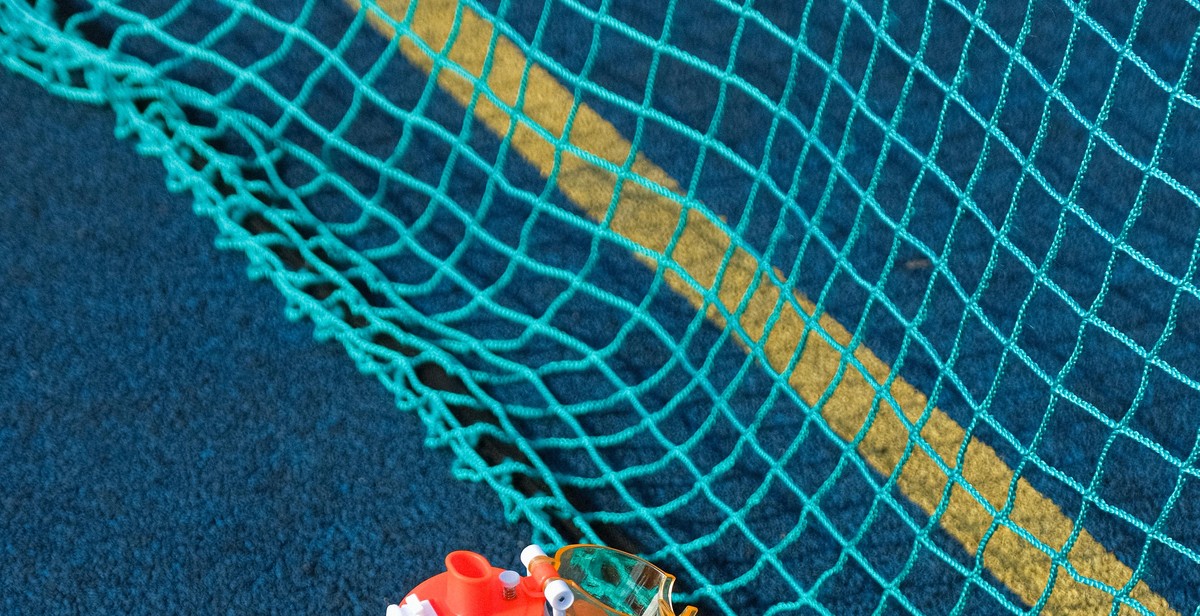How to Teach Your Horse Ground Manners: Establishing Respect and Good Behavior on the Ground
As a professional horse trainer with over 10 years of experience, I have seen firsthand the importance of establishing good ground manners in horses. Ground manners not only make handling and grooming your horse easier, but they also set the foundation for a safe and respectful relationship with your horse.
The Importance of Ground Manners
Ground manners refer to the way a horse behaves while on the ground, such as leading, standing still, and being groomed. A horse with good ground manners is respectful, calm, and obedient, making them easier and safer to handle.
Establishing good ground manners also sets the foundation for a positive relationship with your horse. By teaching your horse to respect your space and commands on the ground, you are building trust and communication that will carry over into riding and other interactions with your horse.
How to Teach Ground Manners
Teaching ground manners requires patience, consistency, and clear communication. It starts with establishing yourself as the leader and teaching your horse to respect your personal space. From there, you can work on leading, standing still, and being groomed.
In this article, I will share my tips and techniques for teaching your horse good ground manners, including exercises for leading, standing still, and grooming.
Why Ground Manners are Important
Ground manners are an essential part of horse training and ownership. Ground manners refer to the horse’s behavior when they are not being ridden and are being handled on the ground. Establishing good ground manners is crucial for two main reasons: safety and relationship building.
Safety
One of the most critical reasons for teaching your horse good ground manners is safety. A horse that doesn’t respect its handler can be dangerous to be around. Horses are large animals that can weigh over 1,000 pounds, and if they are not well-trained, they can easily hurt someone unintentionally. For example, a horse that doesn’t stand still when being groomed or tacked up can accidentally kick or step on its handler. A horse that pulls away when being led can break free and cause harm to both itself and its handler. By teaching your horse good ground manners, you are ensuring that both you and your horse stay safe while handling them.
Relationship Building
Another important reason for teaching your horse good ground manners is relationship building. Ground manners are the foundation for a good relationship between you and your horse. A horse that respects its handler is more likely to be calm, relaxed, and obedient, making it easier to work with them in all aspects of horse ownership. When you teach your horse good ground manners, you are building a relationship based on trust and respect. This relationship will carry over into all aspects of your horse’s life, making them easier to ride, train, and handle in any situation.
- Good ground manners can help build a strong bond of trust and respect between you and your horse.
- Establishing good ground manners can make it easier to work with your horse in all aspects of horse ownership.
- Teaching your horse good ground manners is crucial for safety reasons, as a horse that doesn’t respect its handler can be dangerous to be around.
| Benefits of Good Ground Manners |
|---|
| Increased safety when handling your horse |
| Improved obedience and calmness in your horse |
| Establishment of a strong bond of trust and respect between you and your horse |
Preparing for Ground Training
Before starting ground training with your horse, it is important to ensure that you have the right equipment and location. Here are some tips to help you prepare:
Equipment
- Lead rope and halter: Make sure your horse’s halter fits properly and is in good condition. The lead rope should be long enough to give your horse some freedom of movement, but not so long that it becomes a safety hazard.
- Training stick and string: A training stick and string can be useful tools for teaching your horse to move away from pressure and respect your personal space.
- Clicker: Using a clicker can help reinforce positive behavior and make training more efficient.
- Treats: Treats can be a great way to reward your horse for good behavior and reinforce positive associations with training.
- Protective gear: Depending on your horse’s behavior and the location of your training, you may need to wear a helmet and other protective gear to ensure your safety.
Location
Choosing the right location for ground training is essential for both your safety and your horse’s success. Here are some things to consider:
- Size: Make sure the area you choose is large enough for your horse to move around comfortably without feeling cramped or confined.
- Surface: The ground should be level and free of obstacles and hazards such as rocks, holes, or debris.
- Privacy: To minimize distractions and help your horse focus on training, choose a location that is relatively quiet and free of other animals or people.
- Accessibility: Make sure you can easily access the location with your horse and any necessary equipment.
- Weather: Consider the weather conditions before starting training. Extreme heat, cold, or rain can make training uncomfortable or unsafe for both you and your horse.
| Equipment | Location |
|---|---|
| Lead rope and halter | Size |
| Training stick and string | Surface |
| Clicker | Privacy |
| Treats | Accessibility |
| Protective gear | Weather |

Teaching Respect and Good Behavior on the Ground
Ground manners are essential for every horse, regardless of their discipline or level of training. Good ground manners are not only crucial for safety but also for building a strong relationship between you and your horse. In this section, we will discuss the five essential ground manners that every horse should know: leading, standing still, tying, grooming, and hoof handling.
Leading
Leading is one of the most basic and fundamental skills that every horse should know. To teach your horse to lead correctly, start by standing on the left side of your horse, holding the lead rope with your right hand, and the excess rope loosely coiled in your left hand. Gently apply pressure to the lead rope, and your horse should start to move forward. If your horse resists, stop immediately and apply gentle pressure until your horse moves forward. Praise your horse when he moves forward correctly.
Standing Still
Teaching your horse to stand still is essential for grooming, tacking up, and mounting. Start by standing in front of your horse and gently holding the lead rope. If your horse tries to move, gently hold the lead rope and say “whoa” firmly. Praise your horse when he stands still.
Tying
Teaching your horse to tie is essential for grooming, tacking up, and vet visits. Start by standing next to your horse and tying the lead rope to a sturdy post or tie ring. Stay close to your horse, and if he pulls back, release the pressure on the rope and gently bring him back to the post. Repeat this process until your horse stands quietly tied.
Grooming
Grooming is not only essential for maintaining your horse’s coat but also for building a bond between you and your horse. Start by using a soft brush, gently brushing your horse’s coat in the direction of the hair. Be careful around sensitive areas like the face and legs. Praise your horse when he stands still and enjoys the grooming session.
Hoof Handling
Teaching your horse to pick up his feet is essential for farrier visits and hoof care. Start by standing next to your horse and gently lifting his leg. Hold the hoof gently and inspect it for any signs of injury or damage. Praise your horse when he stands still and allows you to handle his hooves.
Conclusion
Teaching your horse good ground manners is essential for building a strong relationship between you and your horse. By following these five essential ground manners, you can establish respect and good behavior on the ground, which will carry over to under saddle work.

Conclusion
Teaching your horse ground manners is an essential part of establishing a strong and respectful relationship with your equine companion. By following the tips and techniques outlined in this article, you can set your horse up for success and create a positive experience for both you and your horse.
Remember to be patient and consistent
Ground manners take time and effort to establish, so don’t get discouraged if progress seems slow. Consistency in your training approach and patience with your horse will pay off in the long run.
Utilize positive reinforcement
Positive reinforcement, such as treats or praise, can be a powerful tool in training your horse. Use it to reward good behavior and encourage your horse to repeat it in the future.
Respect your horse’s boundaries
While it’s important to establish boundaries and rules for your horse, it’s equally important to respect your horse’s boundaries and limitations. Be aware of your horse’s body language and adjust your training approach accordingly.
Continuously work on your own horsemanship skills
As a horse owner and trainer, it’s important to continuously work on your own horsemanship skills. Attend clinics, read articles and books, and seek out advice from experienced trainers to improve your own abilities and better communicate with your horse.
| Tip: | If you’re struggling with your horse’s ground manners, consider enlisting the help of a professional trainer. They can provide guidance and support to help you and your horse succeed. |
